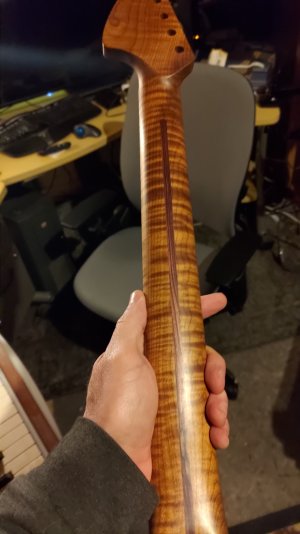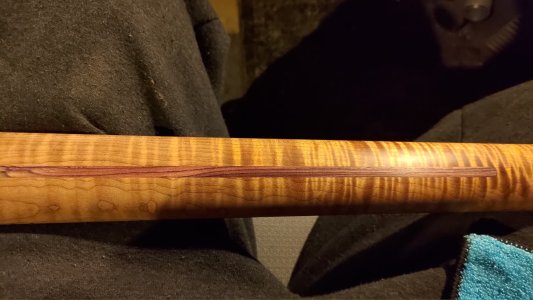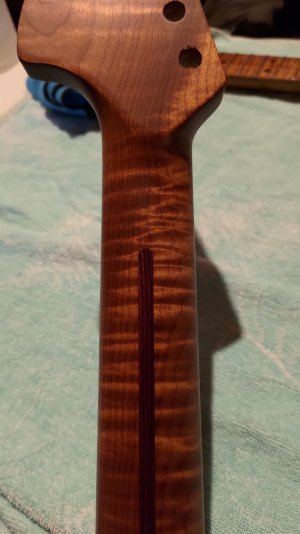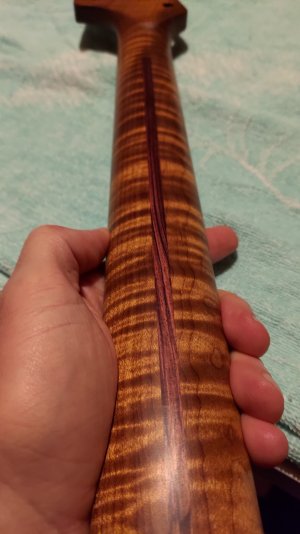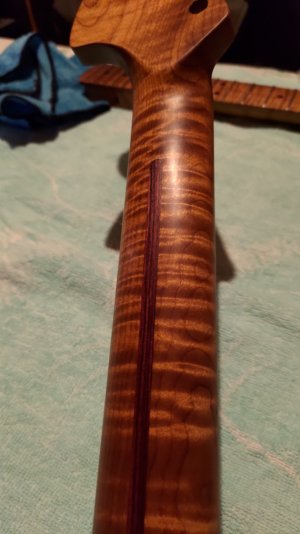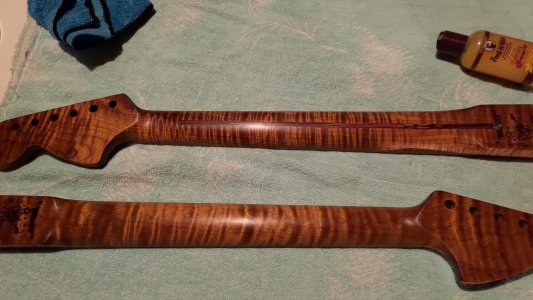Random Stranger
Newbie
- Messages
- 17
Yup, I thought about that. I also don't want to wait a month for pure tung oil to dry... so I think I'll skip that and take a risk with the warranty/warping. The burnish combined with the gunstock wax should be more than sufficient to keep moisture out.
I was very curious why Ernie Ball decided on this product for their raw Music Man necks, so I looked up the MSDS.
The MSDS basically lists 85% solvent, 9% hydrocarbon wax (I'm guessing paraffin), 3% polydimethyl siloxane, and 3% carnauba wax.
https://www.birchwoodcasey.com/content/datasheets/Gun%20Stock%20Wax.pdf
Obviously the paraffin? Is highly hydrophobic. Carnauba is probably used to make it a little bit harder for a shine. But I had no idea what polydimethyl siloxane was, so I looked it up. Apparently it's in everything from breast implants, to medicine, McDonald's cooking oil, condom lube, flea treatments, and hair conditioner/shampoo....
So apparently the stuff is safe, but its still kinda scary that I might be eating the stuff without knowing it. Anyway, it sounds like its very slippery stuff and very hydrophobic. I was concerned that it would "soak" the wood and make it too "wet", but apparently, according to Wikipedia, the stuff eventually evaporates. "They are used in many cosmetic products where eventual complete evaporation of the siloxane carrier fluid is desired. In this way they are useful for products like deodorants and antiperspirants which need to coat the skin but not remain tacky afterward."
I'll try it out sometime and let you guys know what I think about the stuff.
I was very curious why Ernie Ball decided on this product for their raw Music Man necks, so I looked up the MSDS.
The MSDS basically lists 85% solvent, 9% hydrocarbon wax (I'm guessing paraffin), 3% polydimethyl siloxane, and 3% carnauba wax.
https://www.birchwoodcasey.com/content/datasheets/Gun%20Stock%20Wax.pdf
Obviously the paraffin? Is highly hydrophobic. Carnauba is probably used to make it a little bit harder for a shine. But I had no idea what polydimethyl siloxane was, so I looked it up. Apparently it's in everything from breast implants, to medicine, McDonald's cooking oil, condom lube, flea treatments, and hair conditioner/shampoo....
So apparently the stuff is safe, but its still kinda scary that I might be eating the stuff without knowing it. Anyway, it sounds like its very slippery stuff and very hydrophobic. I was concerned that it would "soak" the wood and make it too "wet", but apparently, according to Wikipedia, the stuff eventually evaporates. "They are used in many cosmetic products where eventual complete evaporation of the siloxane carrier fluid is desired. In this way they are useful for products like deodorants and antiperspirants which need to coat the skin but not remain tacky afterward."
I'll try it out sometime and let you guys know what I think about the stuff.






